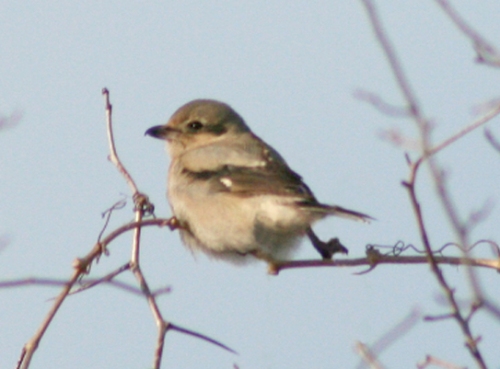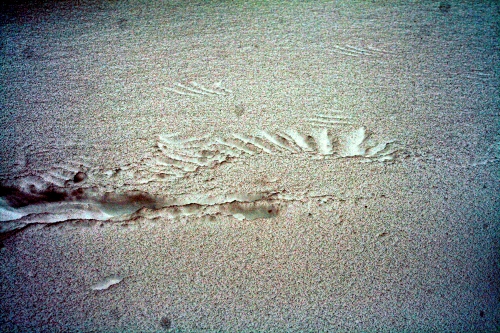|
McGILL BIRD OBSERVATORY |
|||||||||||||||||||||||||||||||||||||||||||||
Welcome to the McGill Bird Observatory weekly report. Click here for a complete listing of our archives. Comments or questions are welcome at mbo@migrationresearch.org.
Censusers: David Fishman, Gay Gruner, Christine Murphy, Greg Rand Notes: Overall, January was a cold month – far too cold or windy or snowy to do any winter banding, a great disappointment to us all. We observed 20 species, including White-winged Crossbill and a Ruffed Grouse near the eastern edge of the Stoneycroft Pond - a species that returned to MBO just last fall after an absence of five years. European Starling, Bohemian Waxwing and Common Redpoll were present in good numbers and a Northern Shrike was observed observing the feeders from a perch in the treetops. David Fishman, teaching assistant for the Ethology class, set up three additional tube feeders for the purpose of a seed preference study. Fortunately, the class did their lab early in the month as some cheeky creature, possibly a raccoon or a squirrel on steroids, "liberated" two of the feeders late in the month. (The feeders remain missing in action, perhaps to be found in the spring.) The Ethology Lab investigated aspects of optimal foraging theory through observing the behaviours of wild birds feeding at a prepared site. The feeding station consists of three feeders suspended from a taught rope, each containing a different variety of commercial sunflower seed: (1) black-oil sunflower; (2) gray-striped sunflower; and (3) safflower. It was predicted that the differences in kernel-to-hull ratios between the seeds would be reflected in the foraging decisions of the birds. A total of three species of birds visited the feeders during this study. These were Black-capped Chickadee, American Tree Sparrow and Slate-coloured Junco. The total number of feeding bouts recorded during the period of observation was 302; 93.7% of which selected black-oil seeds, 6.3% selected gray-striped, and no birds selected safflower. These results were consistent with the experimental predictions, as the black-oil seeds possessed the highest kernel: hull ratio.
|


